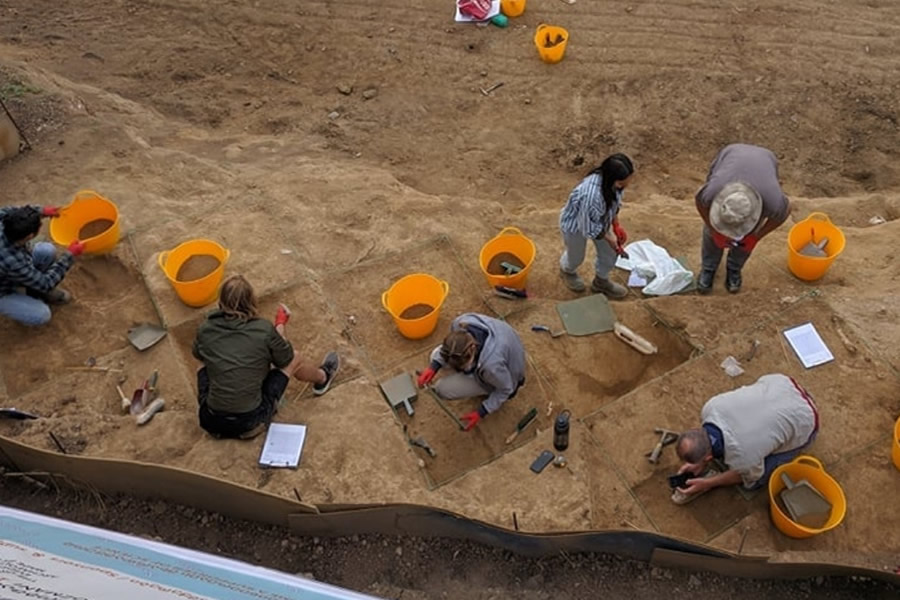Dmanisi
Archaeological Discoveries in Georgia
Dmanisi is one of the most important archaeological sites in the world, located approximately 93 km southwest of the country's capital, Tbilisi. Discovered in the Kvemo Kartli region, it has revolutionized our understanding of early human migration.
Findings: In the early 1990s, fossil remains of early humans—the first Europeans, Homo Erectus Georgicus — were discovered here. These remains are estimated by scientists to be approximately 1.8 million years old. The excavations are led by archaeologist David Lordkipanidze, the director of the Georgian National Museum. These remains are among the earliest human fossils found outside Africa and the earliest dated human remains in Eurasia.
This site has provided invaluable data on the development and migration of early humans, showcasing the adaptability and ingenuity of our ancestors.
History of Dmanisi
Early Bronze Age: The area around Dmanisi has been inhabited since the Early Bronze Age.
Medieval Era:
In the 6th century, the Orthodox Christian church "Dmanisi Sioni" was built here. The city was an important trade hub of medieval Georgia, especially during the period of the Arab Emirate of Tbilisi.
Archaeological Excavations:
Excavations began in 1936 and continue to this day. Unique remains of prehistoric animals and humans have been uncovered, alongside ancient artifacts and the ruins of various buildings and structures.
Medieval Artifacts:
City walls, gates, numerous constructions, and a hoard of 25 gold and silver ornaments from the 12th–13th centuries have been found.
Dmanisi is a remarkable site that helps us better understand early human history and the development of civilizations in this region.
Dmanisi is one of the most important archaeological sites in the world, located approximately 93 km southwest of the country's capital, Tbilisi. Discovered in the Kvemo Kartli region, it has revolutionized our understanding of early human migration.
Findings: In the early 1990s, fossil remains of early humans—the first Europeans, Homo Erectus Georgicus — were discovered here. These remains are estimated by scientists to be approximately 1.8 million years old. The excavations are led by archaeologist David Lordkipanidze, the director of the Georgian National Museum. These remains are among the earliest human fossils found outside Africa and the earliest dated human remains in Eurasia.
This site has provided invaluable data on the development and migration of early humans, showcasing the adaptability and ingenuity of our ancestors.
History of Dmanisi
Early Bronze Age: The area around Dmanisi has been inhabited since the Early Bronze Age.
Medieval Era:
In the 6th century, the Orthodox Christian church "Dmanisi Sioni" was built here. The city was an important trade hub of medieval Georgia, especially during the period of the Arab Emirate of Tbilisi.
Archaeological Excavations:
Excavations began in 1936 and continue to this day. Unique remains of prehistoric animals and humans have been uncovered, alongside ancient artifacts and the ruins of various buildings and structures.
Medieval Artifacts:
City walls, gates, numerous constructions, and a hoard of 25 gold and silver ornaments from the 12th–13th centuries have been found.
Dmanisi is a remarkable site that helps us better understand early human history and the development of civilizations in this region.



